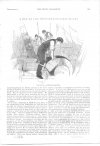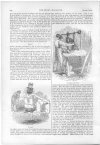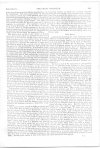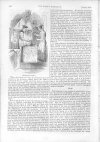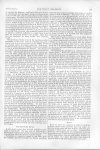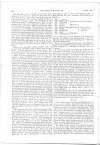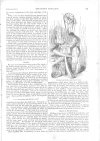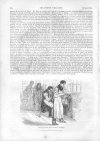- Joined
- Dec 19, 2006
- Messages
- 8,210
For many reasons, I think it would nice to have a resource on the manufacturing (both past and present) of traditional knives. One important reason is that understanding the manufacturing is fundamental to understanding quality. Quality is tied to manufacturing. And there are many large changes that have occurred in knife manufacturing in the USA.
If you have materials regarding the manufacture of knives (past or present), please share them here.
If you have materials regarding the manufacture of knives (past or present), please share them here.













